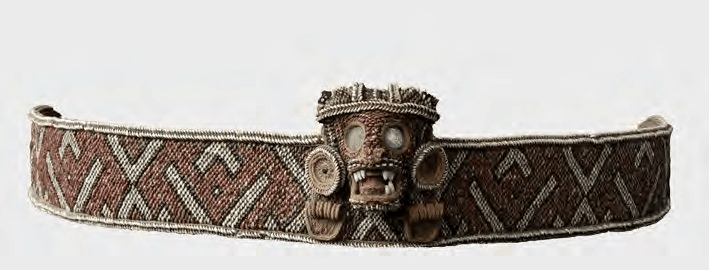Lewis Hanke's The First Social Experiments in America is a problematic yet fascinating account of the attempts to "reform" an Amerindian population to live liked "civilized" 16th century Spanish peasants. Since it is a dated work originally written in the 1930s, the author draws interesting analogies between these early attempts at "civilizing" a colonized people with 20th century attempts in Africa and elsewhere. In addition, the author seems to also have accepted theories of racial difference in intelligence or mental development. Consequently, he assumes the experiencia and attempted reforms in which Taino Indians were an experiment to see if Indians were capable of living "politically" like people with reason, were perhaps doomed to failure. However, in the most detailed example of the author, the experiencia in the 1530s near Bayamo, Cuba, the social experiment largely failed due to the corrupt administrator, Guerrero, who abused, exploited, and neglected the Indians placed under his supervision and failed to live up to his end of the arrangement. So, can one truly say from that experience that the Indians of the Greater Antilles lacked the ability to live as people with reason?
Sure, perhaps the ultimate aim of these social experiments, which was to turn the Indians into peasants of Castile, was likely impossible in the colonial conditions of its era, but some of the colonists interviewed by the Jeronymites in the 1510s were able to acknowledge that the indigenous people of Hispaniola were capable of agriculture, living in communities, and having political order before the Spanish conquest. Where Hanke's book is more useful is in its references and the occasional commentary. While later historians such as Guitar and Anderson-Cordova have used similarly sources on the Taino response to Spanish conquest and the encomienda system in Hispaniola and Puerto Rico, Hanke uses these sources from a slightly different perspective. Since he was not interested in the social experiments from the perspective of the Indians themselves, his lens was quite different. But intriguingly, even he found evidence of resistance among the indigenes of the Spanish Caribbean. For instance, Miguel de Pasamonte's opposition to freedom of Indians due to the danger of them being friends with the black population illustrates the severity of Spanish fears of Indian and African alliances at the time of the Jeronymite Interrogatory.
Similarly, the experiment of Ovando, which began in 1508 when he granted repartimientos to 2 educated caciques, Alonso de Caceres and Pedro Colon, only to see that these Western-educated Taino caciques failed to uplift or turn their charges into civilized Indians. Instead of viewing them as failures, perhaps these literate and educated caciques understood and knew how their authority was based or rooted in pre-conquest norms and kinship, thus they could not or would not force their assigned Indians to live like Spaniards. Even the cacique Don Francisco of Bonao and the "doctor" of Santiago acted similarly, which may illustrate again how some Taino elites sought to use their Spanish knowledge and education to protect their communities. One wonders similarly about the 3 villages of free Indians in the "experiment" of Rodrigo de Figueroa in Hispaniola. Of course, like the later experiencia in Cuba, Figueroa was accused of corruption and the villagers were almost certainly exploited and abused by the Spanish administrators assigned to watch over them. Perhaps even the Francisco de Figueroa who received 16 Indians as experimental gold miners, to see if Indians were capable of mining for gold without being coerced to do so by the Spanish, could be an example of Indian resistance since they only produced a paltry amount of gold and chose to organize their time and labor in a manner closer to preconquest patterns.

No comments:
Post a Comment